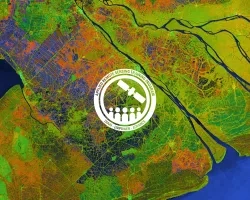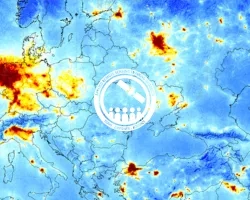Description
This two-part, advanced webinar series is a follow-on to the training on coastal and estuarine water quality held in September 2021. It is a hands-on training with demos provided by instructors, followed by an hour of lab time for participants to use Level-1 MODIS and VIIRS data provided by the Ocean Biology DAAC (OB.DAAC) and SeaDAS and OCSSW software for deriving water quality parameters. These will include chlorophyll-a concentration, sea surface temperature, and suspended particulate matter from optical satellite imagery and in situ measurements using the SeaWiFS Bio-optical Archive and Storage System (SeaBASS), a public repository of in situ oceanographic and atmospheric data, and SeaDAS, a comprehensive software package for the processing, display, analysis, and quality control of remote sensing data. This training will provide participants with the skills to combine in situ measurements and optical remote sensing data to assess water quality for their area of interest.
Before attending this training, we highly recommend you install SeaDAS so you can be fully engaged with the exercises and demonstrations.
SeaDAS Installation Instructions OCSSW Package Installation Instructions
Windows Virtual Machine Configuration Instructions
*Due to a commonly-encountered software issue, the homework deadline has been extended to January 20th, 2022.
By the end of this training attendees will be able to:
- Select in situ water quality data from SeaBASS
- Develop algorithms from MODIS and VIIRS imagery using SeaDAS to obtain chlorophyll-a, sea surface temperature, and suspended particulate matter
- Monitor water quality in selected coastal and estuarine regions
This training series is intended for federal, state, regional, and local public and private organizations involved in water quality and estuarine ecosystem management.
Trainers: Amita Mehta & Sean McCartney
- Review of MODIS and VIIRS data
- Review of SeaDAS imagery processing
- Overview of SeaBASS and in situ data acquisition
- Lab time for participants to download SeaBASS in situ data for a selected estuary or coastal region
- Q&A
Materials:
Materiales en Español:
Trainers: Amita Mehta & Sean McCartney
- Demonstration of deriving water quality parameters from MODIS and VIIRS using SeaBASS and SeaDAS for the Gulf of Mexico
- Lab time for participants to derive water quality parameters for a selected estuary or coastal region
- Q&A
Materials:
Materiales en Español:



